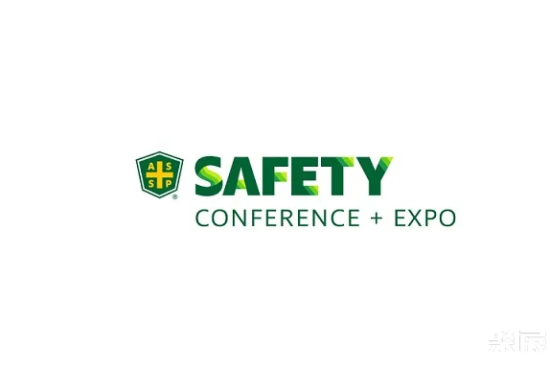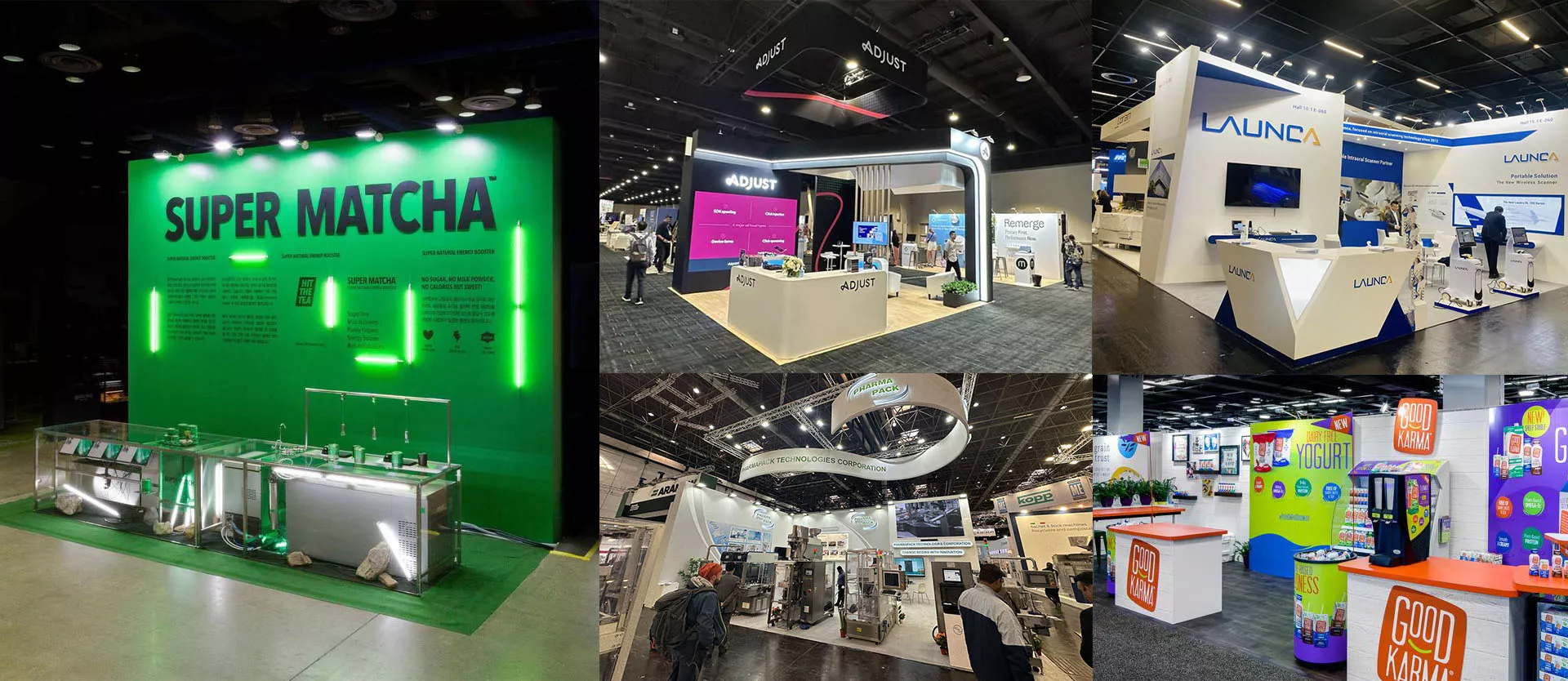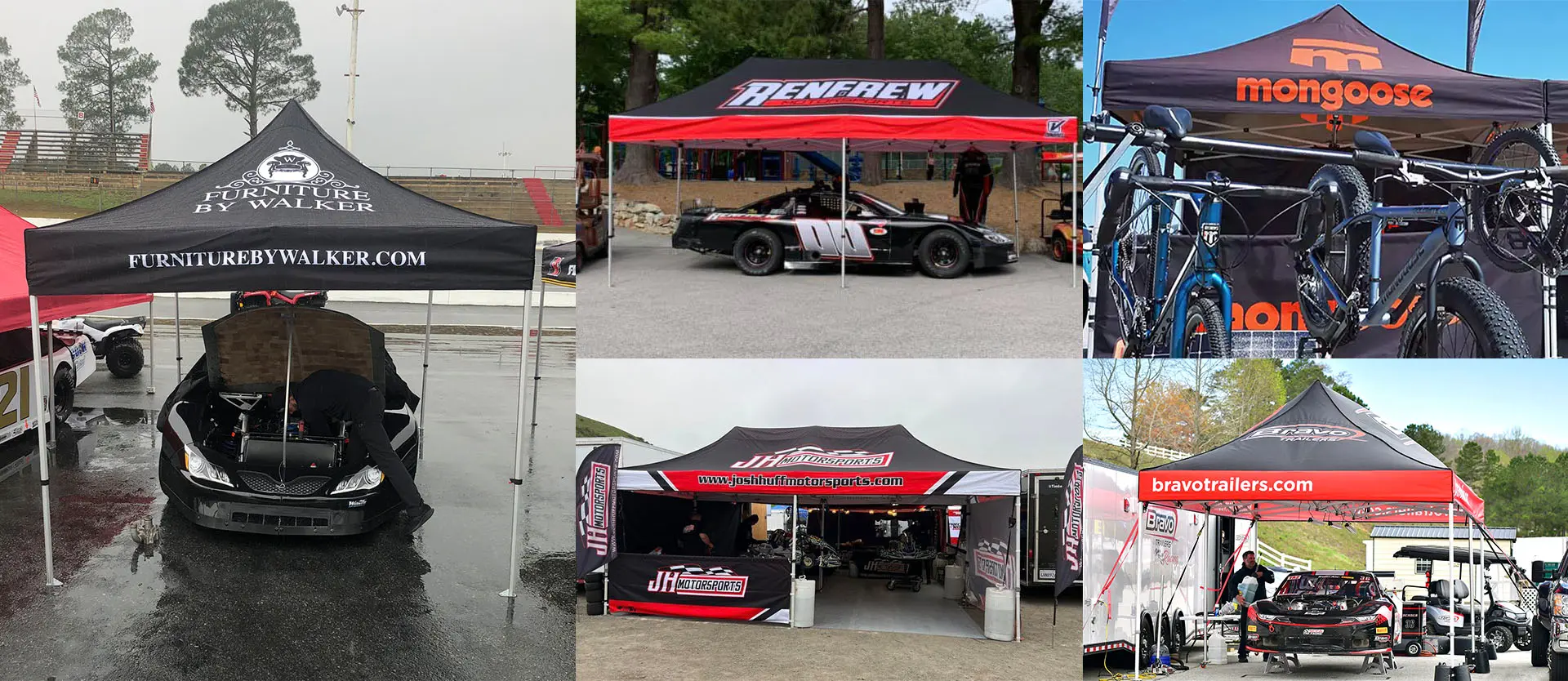
Pipe smoke testing improves the efficiency of sewer systems by detecting leaks and identifying areas prone to penetration or blockage. This method uses non-toxic fumes to quickly and accurately pinpoint defects so that timely repairs can be made and potential hazards prevented. By ensuring the integrity of sewer pipes, smoke testing can improve overall system performance, reduce maintenance costs and support environmental safety.
What is a Duct Smoke Test?
Pipe smoke testing is a diagnostic method used to identify leaks and defects in sewer systems. By using a smoke pump tester to introduce non-toxic smoke into the pipes, engineers can easily spot areas where smoke is escaping, indicating potential problems. This effective technique helps to maintain sewer infrastructure efficiently. Smoke testing provides a visual way to judge the health of a sewer system, allowing maintenance teams to quickly identify and resolve issues before they escalate into more serious problems.
Importance of Maintaining Sewer Systems
Properly maintained sewer systems are essential for public health and environmental sustainability. Poorly maintained sewer systems lead to water contamination, increased repair costs, and infrastructure damage. Regular assessments ensure that problems are identified and addressed before extensive damage and costly repairs are avoided. Municipalities can prevent the negative effects of damaged sewer systems by investing in maintenance measures such as smoke testing. This proactive approach protects the environment and safeguards the well-being of the community by preventing water contamination and reducing the risk of infrastructure failure.
How Smoke Testing Works
During a smoke test, a smoke blower is connected to a maintenance hole. The blower blows non-toxic smoke into the sewer. Areas where smoke is exhausted from the system indicate potential leaks or defects. This is a simple and effective way to assess the health of your sewer pipes and clearly show problem areas. The smoke used in these tests is non-toxic, ensuring the safety of the environment and those living in the area. Smoke follows the path of least resistance, revealing cracks, holes, and other defects in sewer pipes that may not be discovered through other testing methods.
Benefits of Smoke Testing
- Early detection: Catch small problems before they become big ones. Early detection through smoke testing is essential to taking preventative measures to avoid more expensive, more extensive damage in the future.
- Cost-effective: Smoke testing reduces the need for expensive and extensive repairs. It is a cost-effective solution because it quickly pinpoints the exact location of a leak or defect, saving the labor and material costs associated with more invasive inspection methods.
- Environmental Protection: Helps prevent sewage leaks from contaminating water bodies. Preventing leaks and blockages in sewer systems protects local water bodies from pollution, ensuring healthier ecosystems and protecting communities from waterborne diseases.
Additionally, smoke testing is less disruptive to the community than other diagnostic methods. It is a quick process that minimizes inconvenience to residents, allowing necessary repairs and maintenance to be completed efficiently. By identifying and resolving issues quickly, municipalities can keep sewer systems running smoothly, reduce downtime, and increase overall community satisfaction.
Preparing for a smoke test
Preparation includes notifying the public of upcoming testing to ease concerns about smoke. Homeowners are advised to pour water down rarely used drains to create a waterproof barrier to prevent smoke from entering the home. Clear communication and proactive measures ensure that the testing process is smooth and efficient with minimal disruption to the community. Notifying the public in advance allows residents to understand the purpose of smoke testing and its benefits to the entire sewer infrastructure. Residents must also be provided with guidance on what to do if they notice smoke on their property, ensuring they report it promptly for further inspection.
Common problems found
Smoke testing can reveal problems such as illegal connections, broken pipes, and poor seals. For example, illegal stormwater connections can be a serious problem, causing stormwater to overwhelm the sewer system. Identifying these issues helps municipalities prioritize repairs and improvements, ensuring that sewer systems operate efficiently. Addressing issues such as illegal connections can increase the capacity of sewer systems and help ensure compliance with environmental regulations. Prompt detection and remediation of these issues can prevent municipalities from potential legal issues and fines, promoting better management of public resources.
Final Thoughts on Pipe Smoke Testing
Pipeline smoke testing is an important tool for maintaining the effectiveness and integrity of sewer systems. It detects leaks and defects early, ensuring cost-effective maintenance and protecting public health. Municipalities can protect their infrastructure and the environment by incorporating regular smoke testing into their sewer system management plans, leading to healthier, more sustainable communities. Including smoke testing as a standard part of sewer system maintenance strategies can help extend the life of sewer systems, improve their reliability and promote a proactive approach to infrastructure management. This technology emphasizes the importance of careful maintenance of sewer systems, helping to improve efficiency and resilience to future challenges.











Leave a Reply Cancel reply
You must be logged in to post a comment.